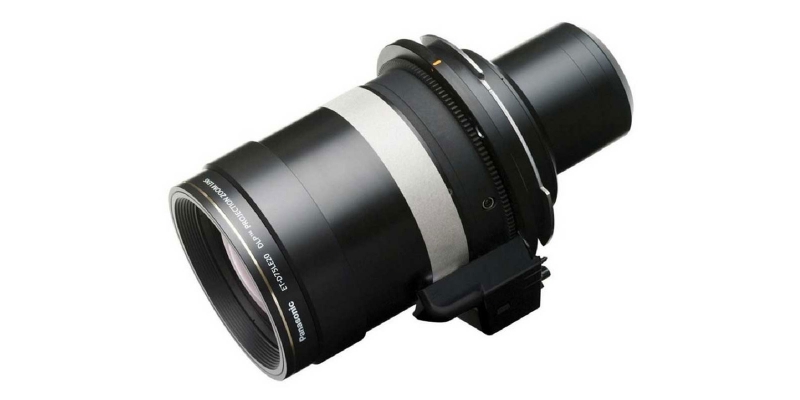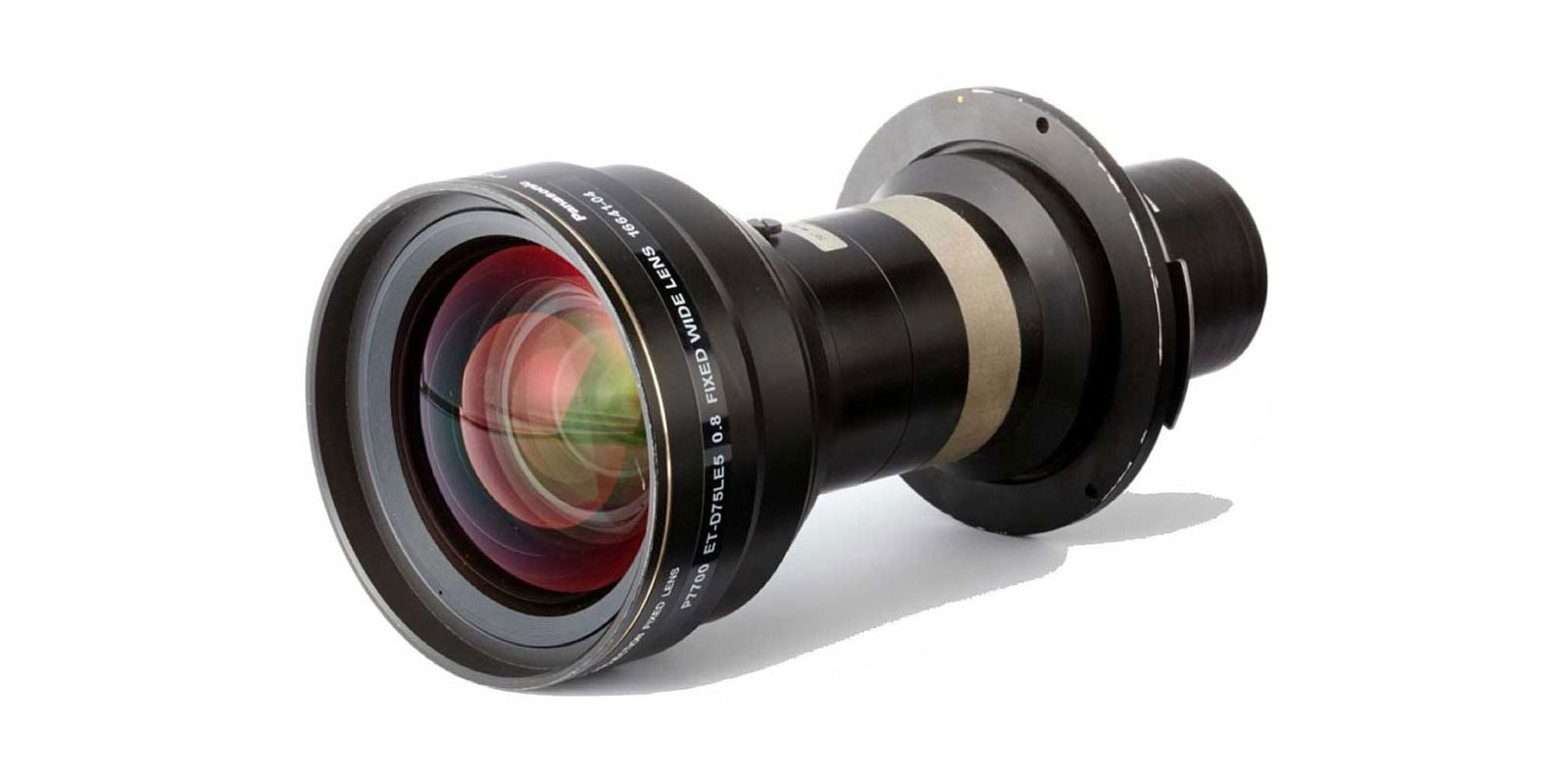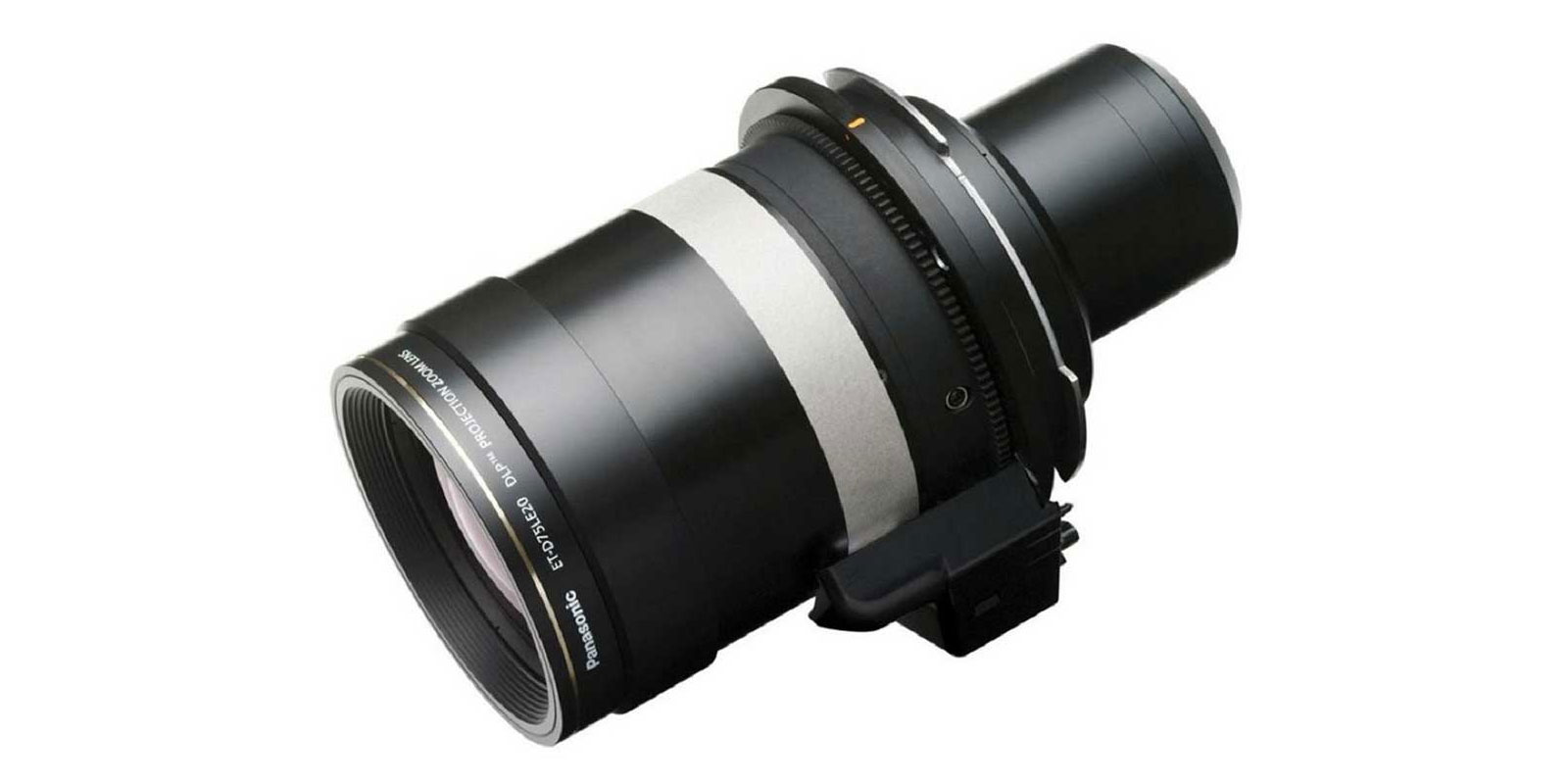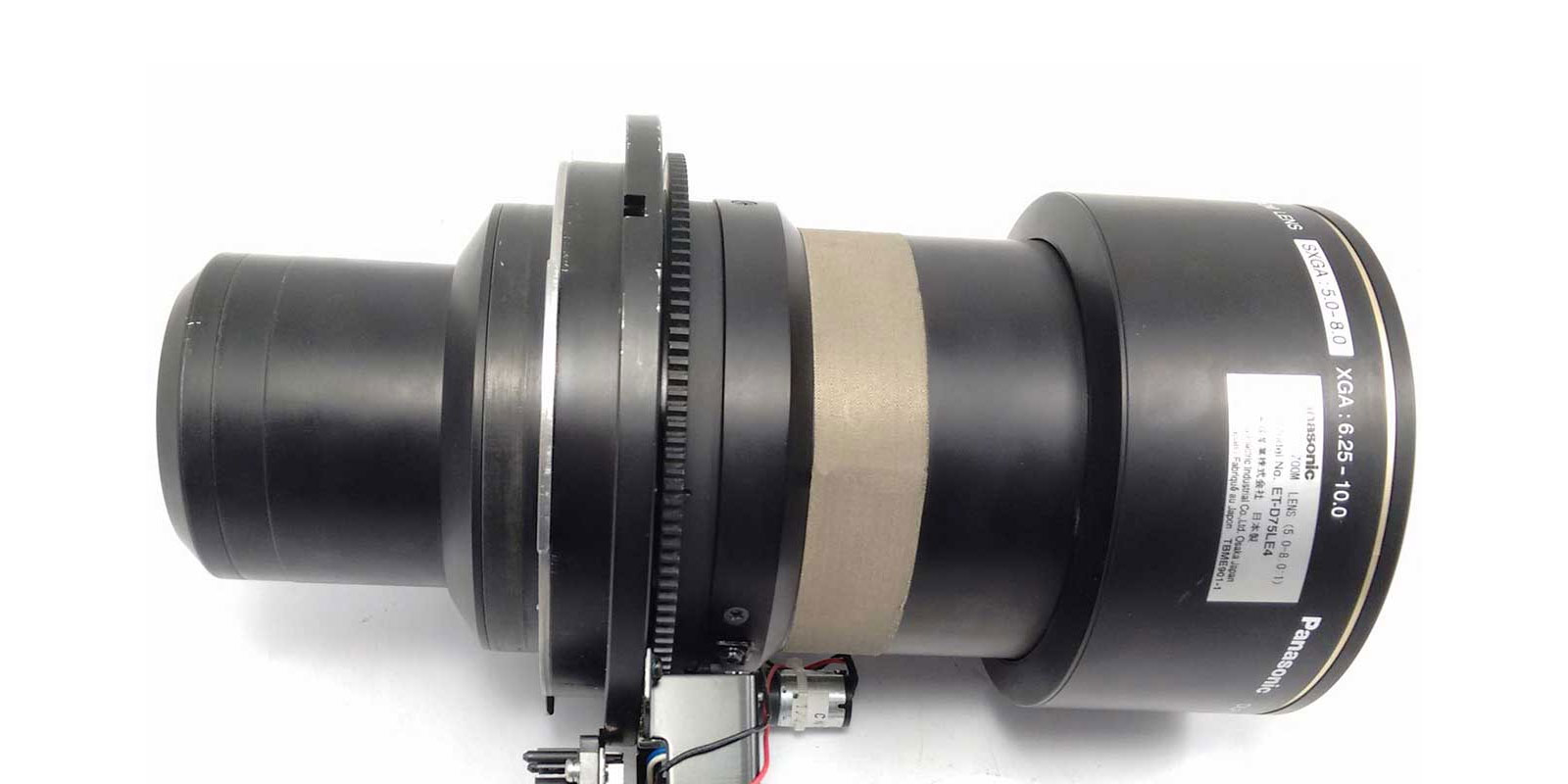Projector-lens
27 July 2023

|
Demystifying Projector Lenses: A Comprehensive Guide to Understanding their Importance and Function Welcome to the comprehensive guide that aims to demystify projector lenses! Whether you're a tech enthusiast, a professional in the audiovisual industry, or simply someone with a curiosity for how things work, understanding the importance and function of projector lenses is a key aspect of maximizing your visual experience. Projector lenses play a crucial role in determining the quality, clarity, and overall performance of your projector. They are the unsung heroes behind the mesmerizing images that captivate audiences in classrooms, conference rooms, cinemas, and home theaters. In this guide, we will delve into the world of projector lenses, unraveling their various types, their impact on image projection, and the factors to consider when choosing the right lens for your specific needs. The Importance of Projector Lenses Projector lenses are often overlooked when it comes to discussing the components that contribute to a great projection experience. However, their importance cannot be overstated. The lens is responsible for focusing the light from the projector's lamp onto the screen, shaping the image and determining its quality. One of the primary factors that make projector lenses crucial is their ability to control the size of the image being projected. By adjusting the focal length, you can enlarge or reduce the size of the image to suit the viewing environment. This flexibility allows projectors to be used in a wide range of settings, from small meeting rooms to large auditoriums. In addition to size control, projector lenses also impact the clarity and sharpness of the image. High-quality lenses ensure that each pixel is accurately reproduced, resulting in a crisp and detailed projection. On the other hand, using a low-quality lens can introduce distortions, blurriness, and image artifacts that degrade the overall viewing experience. Lastly, projector lenses play a role in light transmission. Different lenses have varying light transmission characteristics, meaning some lenses can maximize the projector's brightness potential while others may reduce it. It's important to choose a lens that suits your specific needs, taking into consideration factors such as ambient light conditions and the desired level of brightness for your projected images. Understanding the importance of projector lenses is the first step in appreciating their impact on your visual experience. Now, let's explore the different types of projector lenses available in the market. Different Types of Projector Lenses Projector lenses come in various types, each designed to cater to different projection needs. Understanding the differences between these lens types will help you choose the one that best suits your specific requirements. Fixed Lens: As the name suggests, fixed lenses have a fixed focal length, meaning they cannot zoom in or out. These lenses are commonly used in applications where the projector is permanently installed and the projection distance is fixed. Fixed lenses offer excellent image quality and are often a cost-effective choice for installations with a fixed throw distance. Zoom Lens: Zoom lenses provide flexibility in adjusting the image size without physically moving the projector. These lenses offer a range of focal lengths, allowing you to change the image size by adjusting the zoom ratio. Zoom lenses are ideal for environments where the projection distance can vary, such as classrooms or conference rooms with adjustable seating arrangements. Short-Throw Lens: Short-throw lenses are designed to project large images from a short distance. They are ideal for environments where space is limited but a large image size is desired. Short-throw lenses minimize the risk of shadows being cast on the screen and are commonly used in home theaters or small meeting rooms. Long-Throw Lens: On the other end of the spectrum, long-throw lenses are designed to project images over a long distance. These lenses are suitable for venues such as auditoriums or large conference halls where the projector needs to be placed far away from the screen. Long-throw lenses ensure that the projected image remains clear and sharp even at long distances. Understanding the different types of projector lenses is essential in choosing the right lens for your specific projection needs. However, it's not just the type of lens that matters; the lens specifications also play a crucial role in determining the performance of your projector. |
 |
|
Understanding Lens Specifications When looking at projector lenses, you'll come across various specifications that define their capabilities and performance. Understanding these specifications is essential in making an informed decision when selecting a lens for your projector. Focal Length: The focal length is the distance between the lens and the image sensor or screen when the image is in focus. It determines the size of the projected image and is expressed in millimeters (mm). A shorter focal length results in a larger image, while a longer focal length produces a smaller image. Zoom Ratio: The zoom ratio indicates the range of focal lengths a zoom lens can achieve. It is expressed as a ratio, such as 1.2:1 or 2:1, where the first number represents the shortest focal length and the second number represents the longest focal length. A larger zoom ratio provides more flexibility in adjusting the image size without moving the projector. Throw Ratio: The throw ratio defines the ratio of the distance between the projector and the screen to the width of the projected image. It is expressed as a number, such as 1.5:1 or 2.0:1. A lower throw ratio indicates a short-throw lens, while a higher throw ratio represents a long-throw lens. Lens Shift: Lens shift refers to the ability to move the lens horizontally or vertically without physically moving the projector. This feature is particularly useful in installations where the projector cannot be placed directly in front of the screen. Lens shift allows you to adjust the image position without sacrificing image quality. By familiarizing yourself with these lens specifications, you'll be better equipped to choose a projector lens that meets your specific requirements. However, there are various factors to consider beyond specifications when selecting the right lens for your projector. Factors to Consider When Choosing a Projector Lens When choosing a projector lens, it's important to consider several factors to ensure optimal performance and a satisfying visual experience. Here are some key factors to keep in mind: Projection Environment: Consider the environment in which the projector will be used. Take into account factors such as room size, ambient light conditions, and seating arrangements. Different lenses are designed to perform better in specific environments, so choose one that suits your projection needs. Image Size and Throw Distance: Determine the desired image size and the available throw distance in your installation. This will help you choose the appropriate lens type and focal length. Consider factors such as the size of the screen or projection surface, the distance between the projector and the screen, and any space limitations. Image Quality: Assess the level of image quality you require for your specific application. Higher-quality lenses generally produce sharper and more detailed images. Consider the resolution of your projector and the image content you will be projecting to ensure the lens can deliver the desired level of clarity and sharpness. Budget: Set a budget for your projector lens and choose one that fits within your financial constraints. While high-quality lenses may come at a higher price, they can significantly enhance the visual experience. However, it's important to strike a balance between quality and cost-effectiveness to ensure you get the best value for your money. By considering these factors, you can make an informed decision when choosing the right projector lens for your specific needs. However, there are a few common misconceptions about projector lenses that are worth addressing. |
 |
|
Common Misconceptions about Projector Lenses Misconceptions about projector lenses can lead to confusion and potentially impact the overall visual experience. Let's address some of the common misconceptions: Larger Zoom Ratio Always Means Better: While a larger zoom ratio provides more flexibility in adjusting the image size, it doesn't necessarily mean better image quality. Other factors, such as lens quality and specifications, also play a crucial role in determining image performance. Expensive Lenses Are Always Better: While high-quality lenses may come at a higher price, expensive doesn't always equal better. It's important to consider your specific requirements and choose a lens that meets your needs within your budget. There are cost-effective lenses that can still deliver excellent image quality. Any Lens Can Fit Any Projector: Not all projector lenses are compatible with every projector. Different projector models have different lens mount systems, so it's essential to ensure compatibility before making a purchase. Consult the projector manufacturer's specifications or seek advice from a professional to ensure you choose a compatible lens. Addressing these misconceptions will help you make more informed decisions when it comes to projector lenses. Now, let's dive into some tips for maintaining and cleaning projector lenses to ensure optimal performance and longevity. Tips for Maintaining and Cleaning Projector Lenses Proper maintenance and cleaning of projector lenses are crucial for ensuring optimal performance and extending their lifespan. Here are some tips to help you keep your projector lenses in top shape: Handle with Care: When handling projector lenses, always exercise caution and avoid touching the lens surface with your fingers. Fingerprints and smudges can affect image quality. Instead, use a lens cleaning cloth or a blower brush to remove any dust particles or debris. Clean Regularly: Regular cleaning is essential to prevent dust buildup and maintain image quality. Use a blower brush to gently remove any loose debris, and then use a lens cleaning solution specifically designed for optical surfaces. Apply the solution to a lens cleaning cloth and gently wipe the lens surface in a circular motion, starting from the center and moving outward. Avoid Harsh Cleaning Agents: Avoid using harsh cleaning agents, such as alcohol or ammonia-based solutions, as they can damage the lens coating. Stick to cleaning solutions specifically formulated for optical surfaces. If in doubt, consult the projector manufacturer's guidelines or seek professional advice. Store Properly: When not in use, store your projector and lenses in a clean and dry environment. Use lens caps or covers to protect the lens surface from dust, scratches, and other potential damage. Avoid exposing the lenses to extreme temperatures or humidity, as these can adversely affect their performance. By following these maintenance and cleaning tips, you can ensure that your projector lenses continue to deliver optimal performance and longevity. Now that we have covered the importance, types, specifications, factors to consider, misconceptions, and maintenance of projector lenses, let's summarize the key points. Conclusion Projector lenses play a crucial role in determining the quality, clarity, and overall performance of your projector. They are responsible for focusing the light onto the screen, shaping the image, and determining its size. Understanding the different types of projector lenses, their specifications, and the factors to consider when choosing the right lens is essential in maximizing your visual experience. Remember to consider the projection environment, image size, image quality, and budget when selecting a projector lens. Address common misconceptions about lenses and ensure compatibility with your projector model. Finally, maintain and clean your lenses regularly to optimize their performance and extend their lifespan. By demystifying projector lenses and gaining a deeper understanding of their importance and function, you are now equipped to make informed decisions when it comes to choosing, using, and maintaining projector lenses. So go ahead and experience the power of a well-chosen projector lens, and enhance your visual experience like never before! |
 |
